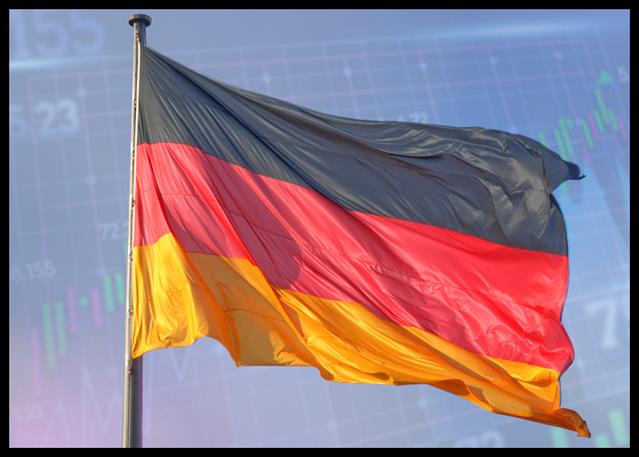Top Economic Institutes Slash Germany's 2025 Growth Forecast To 0.1%
Germany's leading five economic think tanks significantly lowered the biggest euro area economy's growth forecast for this year on Wednesday, citing cyclical and structural weakness amid sluggish econ...

Germany’s leading five economic think tanks significantly lowered the biggest euro area economy’s growth forecast for this year on Wednesday, citing cyclical and structural weakness amid sluggish economic activity.
The German economy is now projected to grow just 0.1 percent this year, the institutes said in their spring report, which was much less than the 1.3 percent expansion forecast in the previous report.
The growth projection for next year was lowered slightly to 1.4 percent from 1.5 percent.
The level of economic activity will then be lower by more than 30 billion euros due to the current weak phase, the report said.
The five institutes participating in the report are ifo, DIW Berlin, IfW Kiel, IWH and RWI – Leibniz Institute for Economic Research. The Joint Economic Forecast is published twice a year on behalf of the Federal Ministry for Economic Affairs and Climate Action.
“Cyclical and structural factors are overlapping in the sluggish overall economic development,” Stefan Kooths, head of economic research at the Kiel Institute for the World Economy, said.
“Although a recovery is likely to set in from the spring, the overall momentum will not be too strong.”
Private consumption is set to become the most important driving force for the economy, thanks largely to a robust labor market, followed by stronger exports in the coming year, the report said.
Ongoing uncertainty about economic policy is damping corporate investment plans, which is expected to remain at the 2017 level despite a likely upturn in the coming year.
Nominal wages are expected to rise 4.6 percent and 3.4 percent this year and next, respectively.
Thus, real wages will increase over the entire forecast period and make up for the losses from 2022 and the first half of 2023, the report said.
That said, the level seen at the end of 2021, before the drastic surge in inflation, is not expected to be reached until the second quarter of 2025, the institutes added.
Inflation is expected to be 2.3 percent this year and 1.8 percent next year.
Core inflation, after adjusting for the dampening effect of energy prices, is forecast at 2.8 percent this year and 2.3 percent next year.
“Although real unit labor costs are rising again significantly in the wake of wage increases, they remain supportive for labor demand,” the report said.
The unemployment rate is projected to be 5.8 percent this year and 5.5 percent next year.
- Check out our free forex signals
- Follow the top economic events on FX Leaders economic calendar
- Trade better, discover more Forex Trading Strategies
- Open a FREE Trading Account


